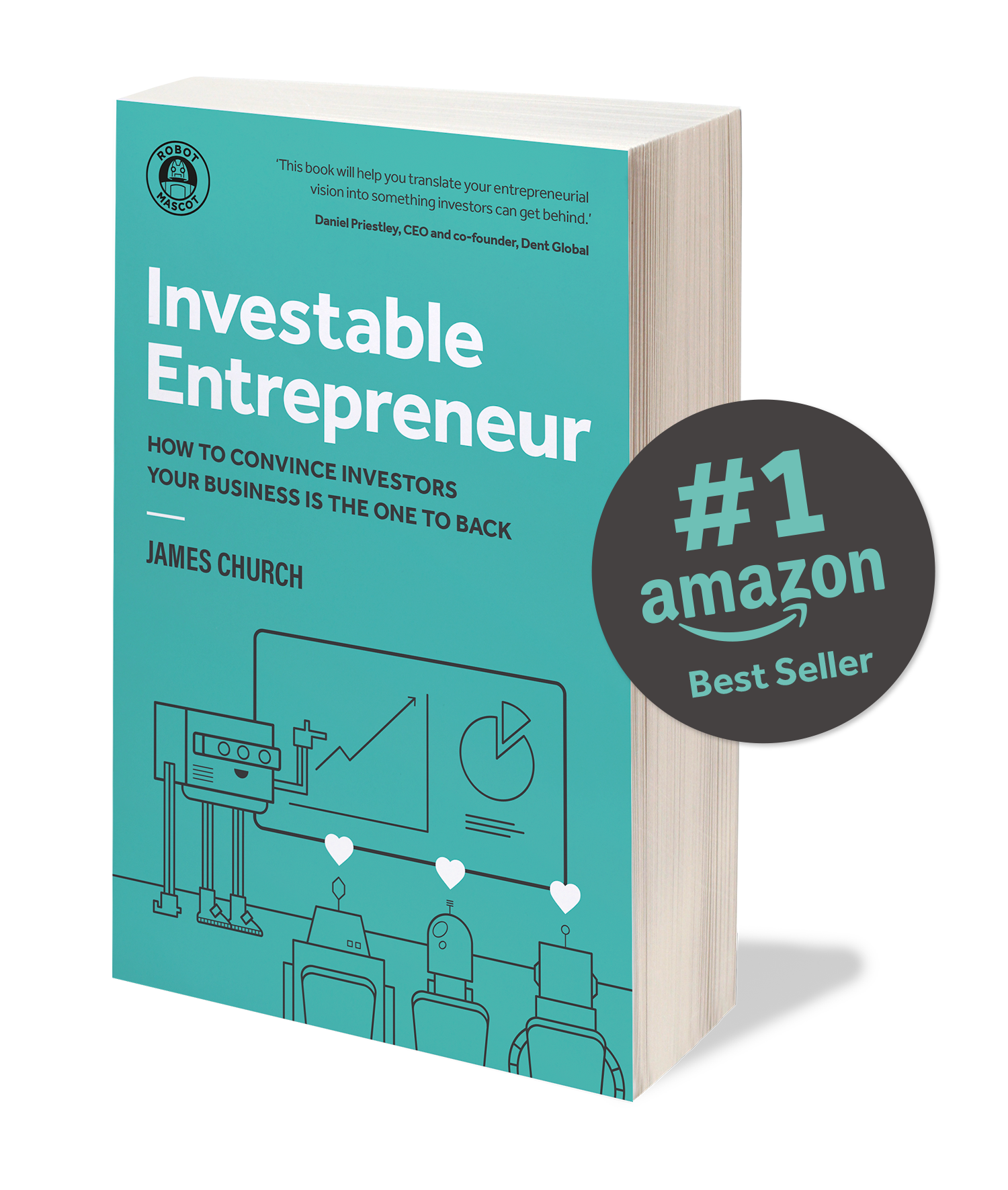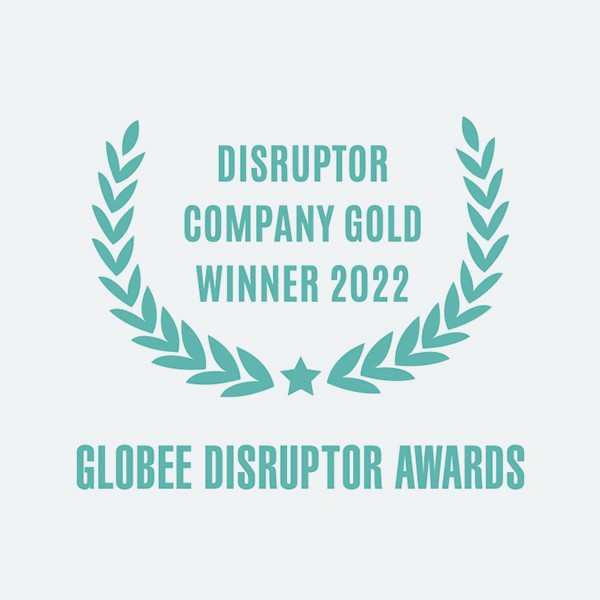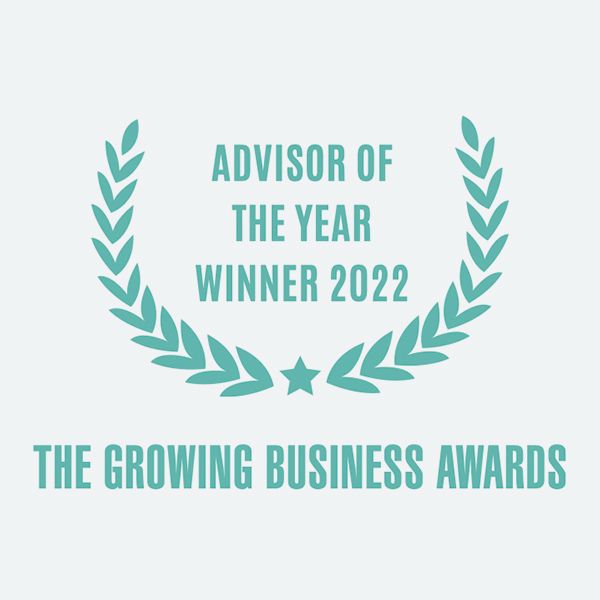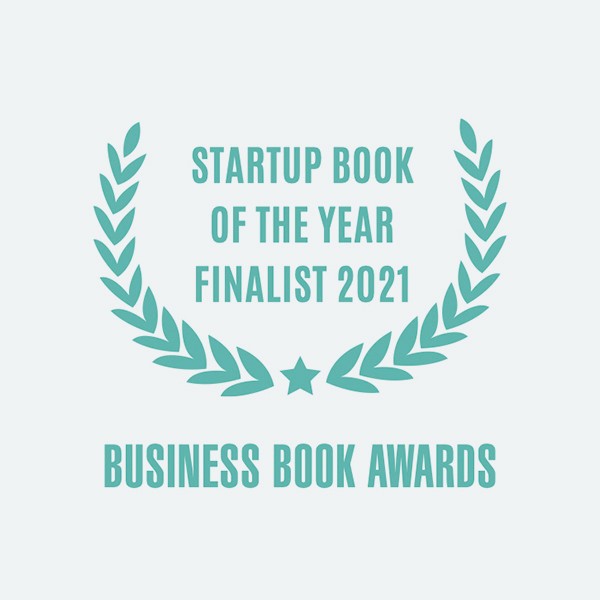

How Long Should an Investment Pitch Deck Be? Ideal Length and Content
16th June 2025
When you’re pitching to investors, time is not on your side. They’re busy. They skim-read decks, race through financials and, more often than not, make snap decisions on whether to engage further. Your pitch deck is your foot in the door – but if that foot lingers too long, the door will slam shut before you’ve had the chance to say “disruptive market opportunity.”
So, how long should your pitch deck be? The short answer: around 15-18 slides. Anything more and you risk losing their attention. Anything less and you might not give them enough to work with. Investors reviewing hundreds of decks every month don’t have time for 30-slide epics. If you can’t distil your startup’s potential into 15 concise, compelling slides, they’ll assume you can’t run a business efficiently either.
There’s solid data to back this up. One study analysing thousands of startup pitch decks found that decks with 11–20 slides were 43% more likely to secure funding than those with fewer or significantly more slides. Even more revealing? Investors spend an average of 3 minutes and 44 seconds per deck – less time than most people take to check their emails in the morning. That means your slides need to be sharp, impactful and easy to digest at a glance.
Our own data tells a similar story. Decks with less than 18 slides and 100 words per slide, get 6x as many investors viewing the full deck, with an average of 2.5x more time spent on a slide.
This article will show you exactly how to craft a pitch deck that is concise, compelling and strategically structured – giving investors just enough information to spark interest while leaving them eager to learn more.
And don’t forget, we’re experts in pitch deck creation. You can find out more about our pitch deck services here.
The case for brevity
There’s a reason why startup pitch veterans, from Guy Kawasaki to Y Combinator, advocate for brevity. Kawasaki’s famous 10/20/30 rule (10 slides, 20 minutes, 30-point font) isn’t just a neat framework – it’s rooted in investor psychology. The human brain simply isn’t wired to absorb vast amounts of information in one sitting. Investors don’t want your life story; they want the essentials, packaged with precision and punch.
A shorter deck forces you to be disciplined. It compels you to prioritise what truly matters. A common mistake founders make is trying to explain everything, cramming slides with intricate details, technical jargon and convoluted go-to-market strategies. But investors don’t need to know everything at this stage – they need to know just enough to be intrigued. Your deck should act as a teaser, not an instruction manual.
Can it ever be longer than 15 slides?
Yes, but only if absolutely necessary. Some industries – like biotech, deep tech, or regulated fintech – require more explanation. If you’re in one of these sectors, you may need 15–20 slides to cover additional complexities, such as regulatory approvals, intellectual property (IP), or extended development timelines. A biotech startup seeking investment to fund clinical trials can’t get away with the same deck length as a B2B SaaS company rolling out an MVP.
But even if you need extra slides, you must earn every single one. Investors should be able to flick through them quickly, with each slide adding genuine value. If any slide feels like filler, cut it.
The dangers of an overlong deck
A pitch deck that’s too long signals one of two things:
- You don’t understand your own business well enough to summarise it concisely. If you need 25 slides to explain your startup, investors will assume you haven’t nailed your core value proposition.
- You don’t respect the investor’s time. And nothing will lose their interest faster than a founder who fails to show restraint.
In short: be ruthless. Cut the fluff. Respect the investor’s attention span. And if you can’t get your point across in 15 slides or fewer, rethink what you’re actually saying.
READ: How To Structure A Pitch Deck
Structuring your pitch deck: key slides and time allocation
Now that we’ve established the ideal length, let’s talk about structure. A well-crafted pitch deck isn’t just a collection of slides – it’s a story with a purpose. Investors don’t invest in ideas alone; they invest in founders who can communicate a vision clearly and persuasively.
A great pitch deck guides investors through a journey, building momentum and intrigue with every slide. Rather than thinking of it as a rigid checklist of information, structure it like a five-act narrative, ensuring each stage flows logically into the next. This approach, outlined in The Investable Entrepreneur, is designed to capture attention, establish credibility and leave investors wanting more.
Act 1: The Hook – Capture attention immediately
- Act 2: The Essence – What do you do and why does it matter?
- Act 3: The Evidence – Prove you’re onto something big
- Act 4: The Plan – Show them how you’ll scale
- Act 5: The Ask – Make it clear and compelling
READ: Understanding the five-act structure
While this is the narrative structure, it isn’t a list of slides. And each Act may have one or more slides. Below is how that might look as a list of slides and including purpose and approximate time allocation:
- Cover Slide – ~30 seconds (first impressions matter)
- Problem Statement – ~30–60 seconds (set the stage quickly)
- Solution & Product – ~1–2 minutes (this must be crystal clear)
- Traction & Validation – ~30 seconds (proof points matter)
- Market Opportunity – ~30 seconds (investors want scale, fast)
- Business Model & Monetisation – ~30 seconds (explain revenue succinctly)
- Competition & Differentiation – ~30–60 seconds (investors hate “we have no competitors”)
- Team – ~30 seconds (investors spend 15% of their time on this)
- Financials & Projections – ~30 seconds (must be realistic)
- The Ask & Use of Funds – ~30 seconds (be direct)
Here’s more information and guidance on what that should include:
1. Cover Slide (1 slide, ~30 seconds)
First impressions matter. Your cover slide should be clean, professional and instantly communicate what your startup does. Include:
- Your company name
- A compelling one-liner (your value proposition in 5–7 words)
- Your name and contact details
Investor expectation: They should immediately get a sense of who you are and what problem you solve.
Maximise impact: Avoid vague taglines like “Revolutionising the future of X”. Instead, be specific. “AI-driven hiring that reduces recruitment costs by 40%” is infinitely better than “Optimising HR with technology”.
2. Problem Statement (1 slide, ~30–60 seconds)
This is where you prove why your startup needs to exist. Describe a real, pressing problem – something that is costing businesses money, causing inefficiencies, or frustrating customers.
Investor expectation: They need to see a clear, undeniable pain point that’s big enough to justify a startup tackling it.
Maximise impact: Don’t just describe the problem – quantify it. Numbers hit harder than words. “40% of small businesses fail due to poor cash flow management” is more powerful than “Cash flow is a challenge for small businesses.”
3. Solution & Product (1–2 slides, ~1–2 minutes)
Now that you’ve laid out the problem, investors are asking: So what? How do you fix it?
Your solution slide should provide a clear, elegant answer. Showcase your product/service and explain how it addresses the problem better than anything else on the market.
Investor expectation: They want a concise explanation of what you’re building and why it works.
Maximise impact: A visual (screenshot, mockup, or product demo) is worth a thousand words. If your product has an interface, show it. If it’s a hardware product, include a photo or prototype image. Investors process images faster than text.
4. Traction & Validation (1 slide, ~30 seconds)
If you’ve already launched, this is your strongest slide. Show your numbers, milestones and growth:
- Revenue (if any)
- User growth
- Partnerships or signed contracts
- Customer testimonials
Investor expectation: Traction proves your startup is more than just an idea. Even pre-revenue, they want to see momentum.
Maximise impact: If you have impressive metrics, use a chart. Investors love seeing graphs that trend upwards.
5. Market Opportunity (1 slide, ~30 seconds)

This is where you prove the business potential. Investors don’t just want a cool idea; they want to know how big the market is and whether it’s growing.
Investor expectation: They need evidence that the market is large enough to support serious revenue growth.
Maximise impact: Use clear, compelling market sizing metrics:
- TAM (Total Addressable Market): The largest possible market size.
- SAM (Serviceable Addressable Market): The portion of TAM you can realistically target.
- SOM (Serviceable Obtainable Market): The subset you expect to capture.
If you can, validate your market with third-party research or competitor benchmarks.
6. Business Model & Monetisation (1 slide, ~30 seconds)
How do you make money? This slide should explain:
- Your pricing model (subscription, transaction fees, enterprise sales, etc.)
- Your projected revenue streams
- Your customer acquisition strategy
Investor expectation: They want a clear, realistic answer to “Who is paying for this and how much?”
Maximise impact: Keep it simple. A straightforward pricing structure (e.g., “£50/month per user”) is far better than a convoluted multi-tier model investors can’t understand in 30 seconds.
7. Competition & competitive advantage (1–2 slides, ~30–60 seconds)
Investors are under no illusions. They know you’re not operating in a vacuum. Claiming you have “no competition” isn’t bold – it’s naïve. Every problem has an existing workaround, even if it’s as simple as a spreadsheet or a hired hand.
Your competition slide should show you understand the landscape and know exactly where you sit within it. This is not just about naming rivals – it’s about positioning yourself as the better, smarter, faster alternative. Use a competitive matrix or quadrant to visualise your positioning. For example, show how you compare on price, speed, features, or usability.
Investor expectation: They want to see that you’ve done your homework and have a plan to win. That means naming key competitors (or categories), articulating what differentiates you and showing how you’ll protect your edge.
Maximise impact:
- Be honest but confident.
- Acknowledge your competitors’ strengths while making it clear why your solution is better for your specific target market.
- If you’re entering a nascent market, highlight the status quo (e.g. spreadsheets, manual labour, outdated systems) and explain why now is the right time for change. The goal here is to show that you’re strategically aware, not just visionary.
8. Team (1 slide, ~30 seconds)
Startups are often a bet on people, not products. At the earliest stages, investors are backing the team’s ability to execute even more than the idea itself. Investors want to know: Can this team deliver? So your team slide should communicate credibility, capability and cohesion.
Investor expectation: Stay focused on the core team: usually founders and one or two essential hires or advisors. Investors want to see that you’ve got the right mix of experience to build, launch and scale the business.
Maximise impact:
- Keep it clean and focused – not a CV dump. Use concise taglines and only include advisors if they add real weight.
- Include headshots, names, roles and a one-line credential or highlight for each team member.
- Emphasise domain expertise, relevant startup experience, or notable wins (exits, top-tier employers, successful products).
- Use logos of former employers or institutions to create visual credibility (e.g., ex-Google, Oxford PhD, backed by Techstars).
9. Financials & forecast (1 slide, ~30 seconds)
This is where you translate ambition into numbers. Investors don’t expect your early-stage forecast to be bulletproof, but they do expect it to be informed, grounded and believable.
Investor expectation: They want a clear sense of how the business will grow and what it could become. They’re looking for logic, not magic.
Maximise impact:
- Show 3–5 year projections with annual revenue targets and key cost categories.
- Keep it high-level: focus on revenue, cost of goods sold (COGS), operating expenses and EBITDA if applicable.
- Add key assumptions if needed (e.g. “£50 CAC, £500 LTV”).
- Highlight runway, burn rate, or break-even milestones where relevant. Use a simple chart or table – avoid spreadsheet vomit.
- Ensure your numbers align with the rest of your story (especially your go-to-market and market sizing). Investors are quick to spot mismatches.
- If your market slide shows a niche opportunity and your forecast shows £100M ARR in two years… it won’t add up.
10. The ask & use of funds (1 slide, ~30 seconds)

Everything you’ve shown so far builds to this moment. Now’s the time to say, plainly and confidently, how much you’re raising – and what you’ll do with it. To do this, be specific. Tie your ask to concrete milestones (e.g., “This raise will enable us to launch our beta, sign 10 enterprise clients and hit £30K MRR”). Avoid vague phrases like “scale the team” or “grow the product” – investors want to see outputs, not just inputs.
Investor expectation: Investors need clarity. They want to see that the amount you’re raising is appropriate for your stage and goals. They also want to know that you’ll spend it wisely, not burn through it chasing vanity metrics.
Maximise impact:
- Clearly state the amount you’re raising (e.g., “We’re raising £600K pre-seed”).
- Break down how the funds will be used:
- Mention any committed capital (“£200K of £600K already committed”) to build momentum.
- Optionally, include your funding timeline or planned next round (“This will fund us to Series A in 18 months”).
- Remember: your ask isn’t a formality – it’s the whole point of the pitch. Make it count.
That’s your full deck – 10 slides, each earning its place, each crafted to do a specific job. Keep it lean, focused and visually clear. A great pitch deck is not just about what you say – it’s about how strategically, succinctly and confidently you say it.
The bottom line? Keep it tight, structured and high-impact. Investors don’t fund potential alone – they fund potential that’s well-articulated. Your deck must not just tell your story but tell it in a way that demands attention.
If they finish your deck thinking, I need to learn more – you’ve done your job.
And don’t forget you can find out more about our pitch deck services here.
Claim your Free Copy of Investable Entrepreneur
Investable Entrepreneur takes you through our winning methodology – the process we use to increase our client’s chances of raising investment by more than 30x.
“This book will help you translate your entrepreneurial vision into something investors can get behind.”
Daniel Priestley, CEO and founder, Dent Global and four times best-selling business author

Keep up to date with what we’re up to via email






Copyright ©Robot Mascot Ltd. All rights reserved.





